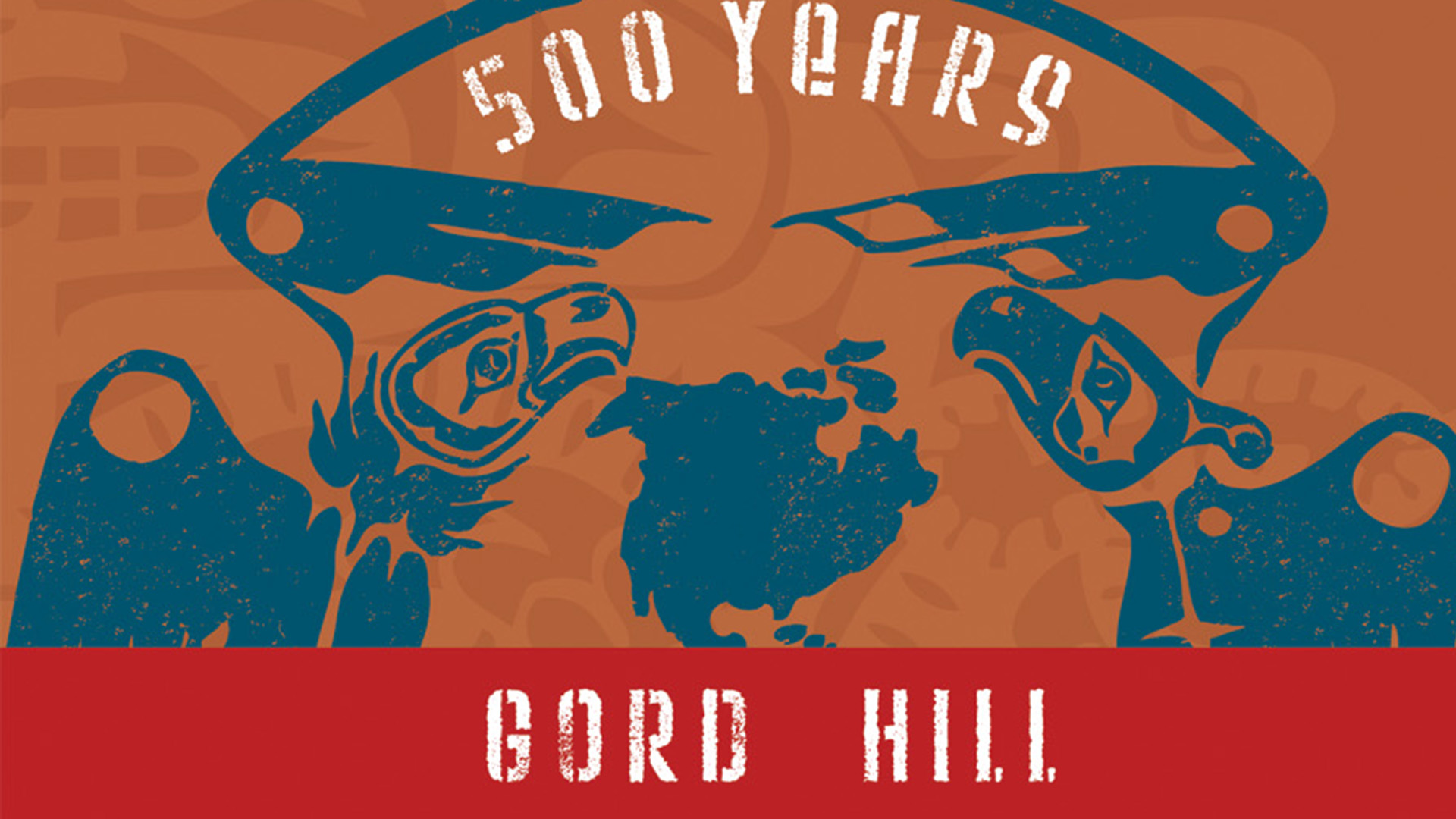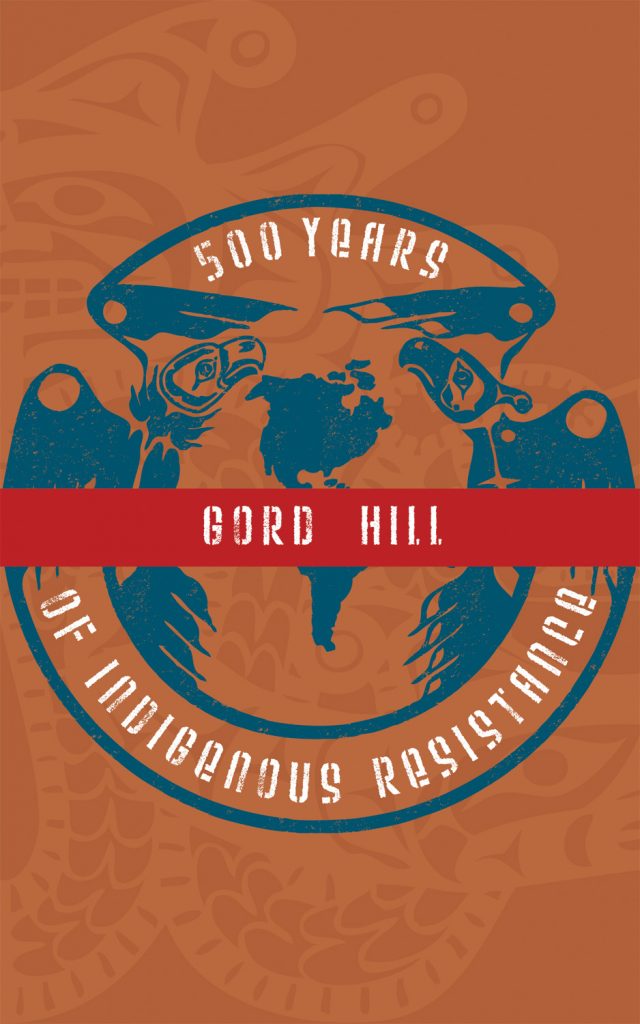By Lesley Kartali
Feminist Review
May 21st, 2010
We
are all familiar with the smiling happy portrayals of pilgrims sitting
down to dinner with Native Americans, or perhaps the slightly more
critical viewpoint from many of our high school history books of the
Indigenous people being simply helpless victims to European
colonization. However, neither of these views is, in reality, very
accurate.
500 Years of Indigenous Resistance
was originally published in 1992 by Gord Hill, the native artist,
activist, and at the time, member of the revolutionary Indigenous
newspaper, OH-TOH-KIN. The book
is in a pamphlet style with artwork throughout its pages. It starts
with the arrival of Columbus in the Americas and goes up through
history to chronicle native resistance in North and South America until
after WWII, even up through the 1960s. It was originally published
just before the Zapatista uprising in Chiapas, Mexico in 1994, and so
was extremely relevant and insightful both then and now.
Even
though I was aware that the history of the Americas many of us were
taught growing up was very skewed towards celebrating white European
colonialism, I hadn’t read anything, until this, that so clearly shows
all the various Native American resistance movements that have existed.
Lacking from most of written American history of the past 500 years is
a detailed exploration of the resistance of native peoples and how
they influenced and limited the colonialism to which they struggled
against. 500 Years of Indigenous Resistance
fills in this gap in an extensive way. It also records all the
horrendous and calculating strategies of colonization employed to
destroy native people, wipe out whole cultures, and steal land.
While
many people, including myself, could probably not give names of more
than a few tribes, this book speaks of all the millions of indigenous
people there were 500 years ago, an estimated 70 to 100 million people.
Even now after hundreds of years of colonization there are still an
estimated forty million indigenous people. The book chronicles the
various resistance strategies that native peoples utilized:
demonstrations, festivals, violent uprisings, the creation of alliances
with other tribes or nations, protests, occupations, road blocks,
forming organizations to oppose governmental policies, and most
recently, organizing around international bodies.
In a country
that still has offensive caricatures of Native Americans on display for
sports team mascots, it is easy to get discouraged that there will be
any real recognition of the magnitude of the American Indian Holocaust,
the mass genocide of Native peoples that has run rampant the past 500
years and continues on today. But books such as 500 Years of Indigenous Resistance
which don’t glorify, romanticize, or just plain omit all the horrors
that abound throughout this history of colonization, stand to give us
some hope. For they just give us the facts, but, more importantly, the
ones we most likely have never heard before.
It would be an
amazing thing to make copies of this work and slip into every school in
America and slide it into every history book for children to read.
Well, it is no less crucial and eye-opening a book for existing simply
on its own. It is a rare event to read books that really have the
potential to change the way that you think about things, that help you
unlearn many lies and find yourself faced with honest truths. It always
gives me the chills to read something from a new perspective and to
know that this information is being let loose in the world, seeking to
help us to open our eyes, to learn from the past, and to ultimately
change for the better.







